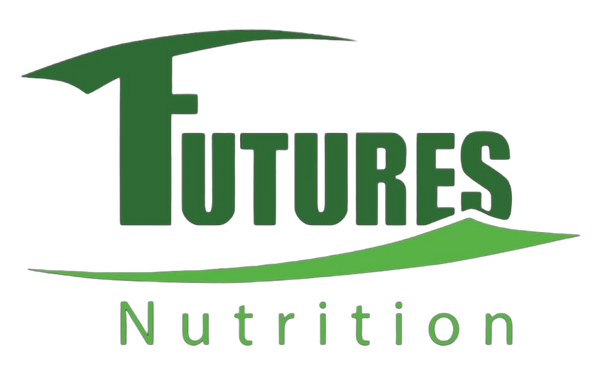What is the difference between vitamin D and vitamin D3?
Group D (Vitamin D) vitamins are biologically active substances (cholecalcififerol, ergocalcififerol, sitocalcififerol, 2,2-dihydroergocalciferol and others). Cholecalciferol (
Vitamin D3) Is synthesized in human in the skin under the influence of ultraviolet rays of the "B" range and also comes with the food into the human body. Ergocalciferol (Vitamin D2) can only be included with the food.
Purpose of vitamin D

The main task of
Vitamin D In humans, it is to ensure the absorption of calcium and phosphorus from food in the small intestine. According to several clinical trials, a chronic vitamin D deficiency in infants is associated with a high risk for the development of various diseases: diabetes, obesity, autoimmune diseases, cancer, cardiovascular disorders, psoriasis, atopic disorders and inflammatory bowel disorders.
The vitamins D1 and D4 does not exist
Vitamin D is a sunshine vitamin that is synthesized by the body thanks to the natural light and is essential for our metabolism. We speak of the vitamins D2, D3, D5, D6 and D7; The vitamins D1 and D4 does not exist. Among them, the vitamins D2 and D3 are still best known and are most commonly used in daily life in the form of nutritional supplements. We differ in particular:
Vitamin D2 or ergocalciferol produced by plants.
Vitamin D3 Or Cholecalciferol, which is obtained from animal products and certain lichens.
D3 (cholecalciferol)

The vitamin D3 (cholecalciferol) is called "sunshine vitamin" because it is formed in the skin by the action of ultraviolet light. For this purpose, children and adults should stop several times a week for about 15-30 minutes in the sun. However, intensive vitamin D production takes place unhealthy times - from 11:00 to 14:00, if the skin needs protection. In addition, the natural intake of the vitamin takes over over the years and people with darker skin take it slower. Sunscreen and unfavorable environmental conditions such. For example, air pollution can adversely affect our perception of the soothing rays of the sun. Therefore, not always, not in the summer months, everyone can cover with cholecalciferol. Each can decide for himself if he
Vitamin D 30000 or a smaller amount
Vitamin D3 10000 IE want to take.
Vitamin D2
By contrast, especially in fatty fish or dairy products, vitamin D3 is the most stable active form and comes closest to the vitamin D molecule we self. The effects resulting from its effect include a longer life than in vitamin D2 and a better increase in the 25-hydroxyvitamin D mirror, ie the shape present in the blood.
Vitamin D2 is unstable
It seems that a similar dose of one of the two vitamins leads to a similar change in the blood level in the first few days. But after two weeks, only the vitamin D3 mirror would be highest. In other words, one would have to take more vitamin D2 to achieve a similar effect. However, vitamin D2 is more unstable in temperature and moisture fluctuations and carries a higher risk of toxicity. We recommend
Vitamin D3 20,000 IU or higher
Vitamin D3 50000 IU
Vitamin D3 contributes to the preservation of a stable bone density

Vitamin D3 is considered twice as effective and is therefore included in various everyday products. In Canada it has long been possible to buy milk enriched with vitamin D3 to supply with nutrients. Studies have shown that a daily supply of 400 to 800 ies (10 to 20 μg) vitamin D3 contributes to keeping bone density stable and preventing bone breaks in older people. However, the dose depends on the person and the chosen form. Vitamin D2 or D3 preparations should be protected from light and heat and for optimal recording you should expose some moments per day to sunlight.
Vitamin D3 and UV rays
And right here is the difference: Vitamin D3 can be recorded mainly by UV rays in our body, unlike vitamin D. The intake of vitamin D3 takes place via the skin: as soon as it is exposed to the sunbeams, the skin allows its synthesis. On the skin, there are certain receptors, which, as soon as they are exposed to sunbeams, merge into new vitamin D3, which is absorbed by the liver and the kidneys. Vitamin D3 is formed 90% of the skin by the UVA rays of the sun, and becomes 10%
Vitamin D3 Recorded over the food into our body.
Vitamin D and D3
If that is not enough, those who are a lack of
Vitamin D and D3 have to take a good dose of it. Especially for the vitamin D3, for which one needs the sun: in the winter months, when the sunbeams are sparse and weak, it is not easy to supplement the necessary vitamin. For this reason, small vitamine tablets are advantageous with a very high concentration of the vitamin. Just go to the pharmacy and buy a vial with these vitamins that are good for our bones. The simplest solution is to stop at least 10 minutes a day in the sun in the summer months. This is the time necessary to allow the synthesis of UV rays.
Blood test for vitamin D deficiency
A vitamin D deficiency in our body can be detected with simple blood tests: missing
Vitamin D3, Can it be fed quickly by a targeted diet. Vitamin D is included in many foods:
- Liver
- Fish (preferably mackerel, tuna, herring, carp, eel, catfish and salmon);
- Shellfish such. B. Oysters;
- Crustaceans like shrimps;
- Cheese and butter;
- Egg yolk;
- Mushrooms;




